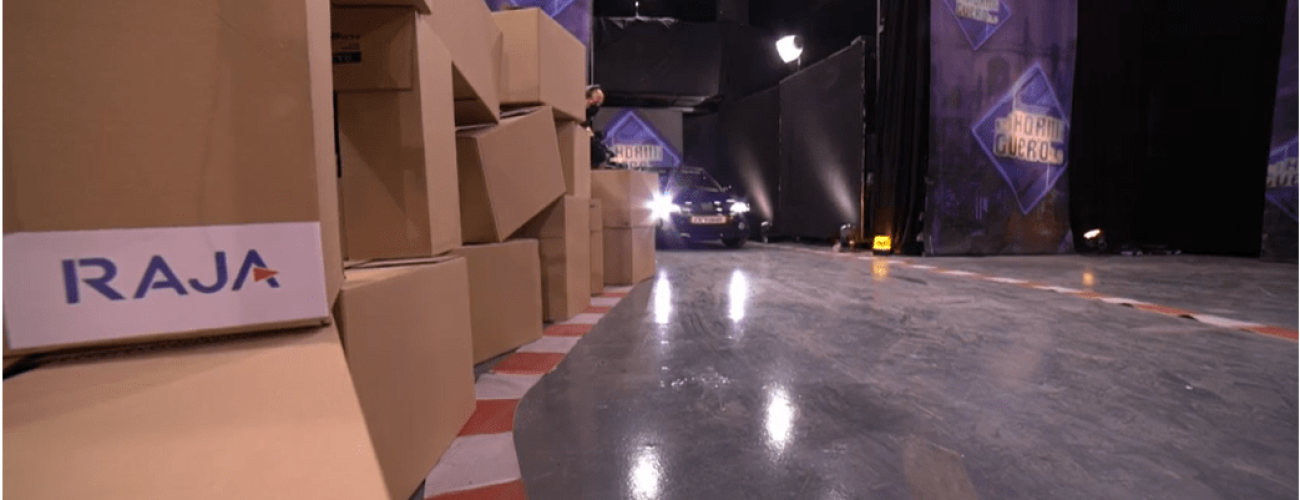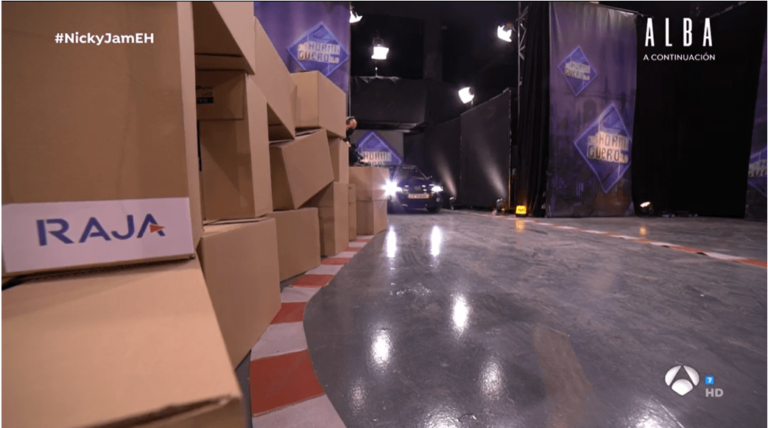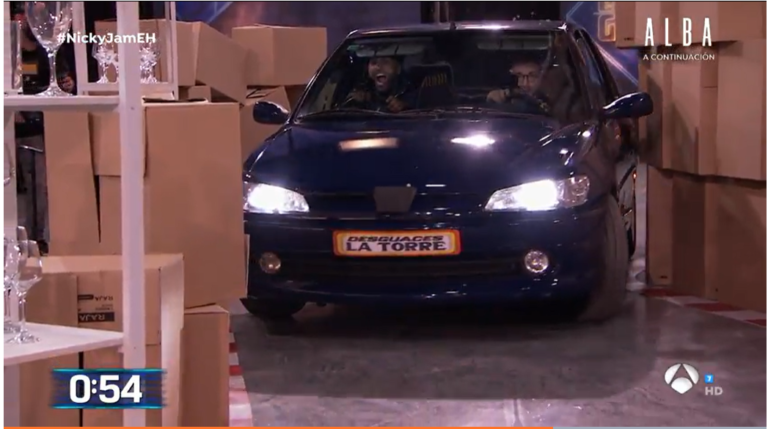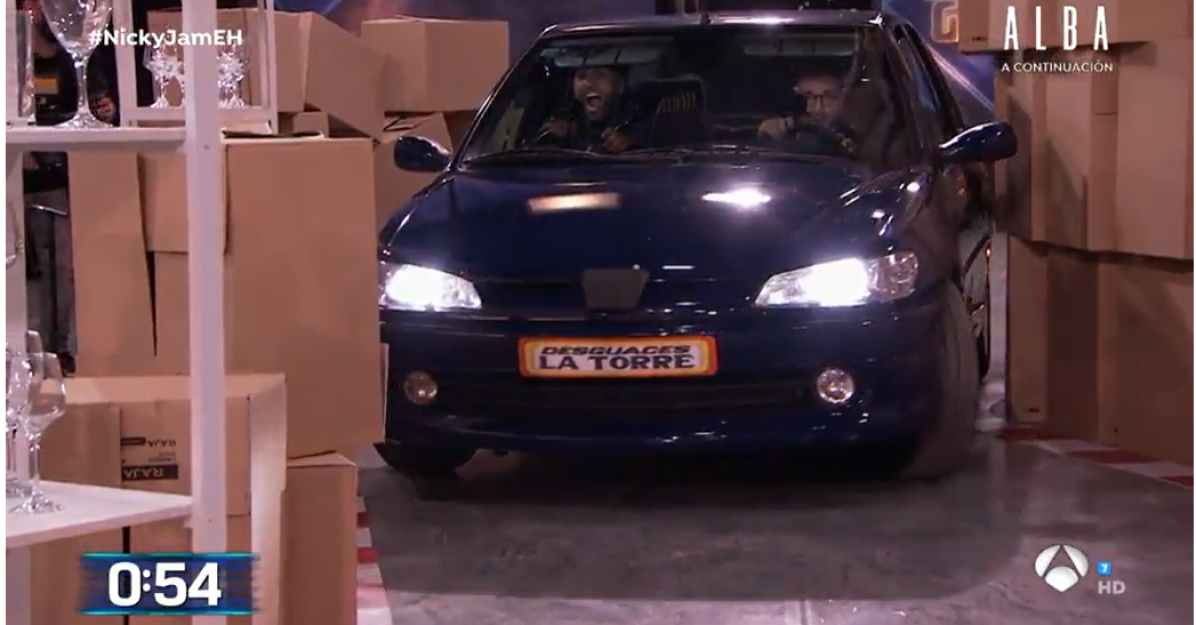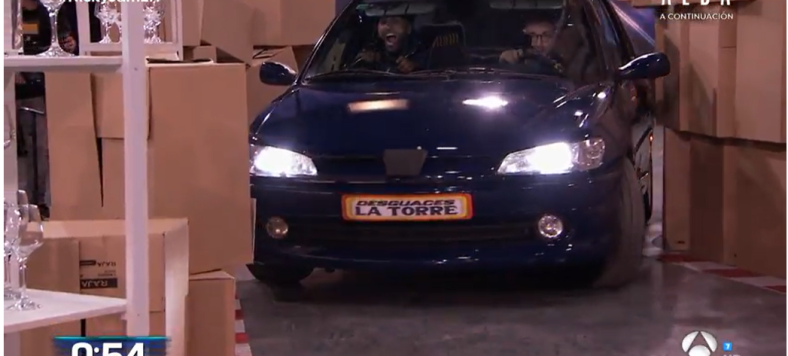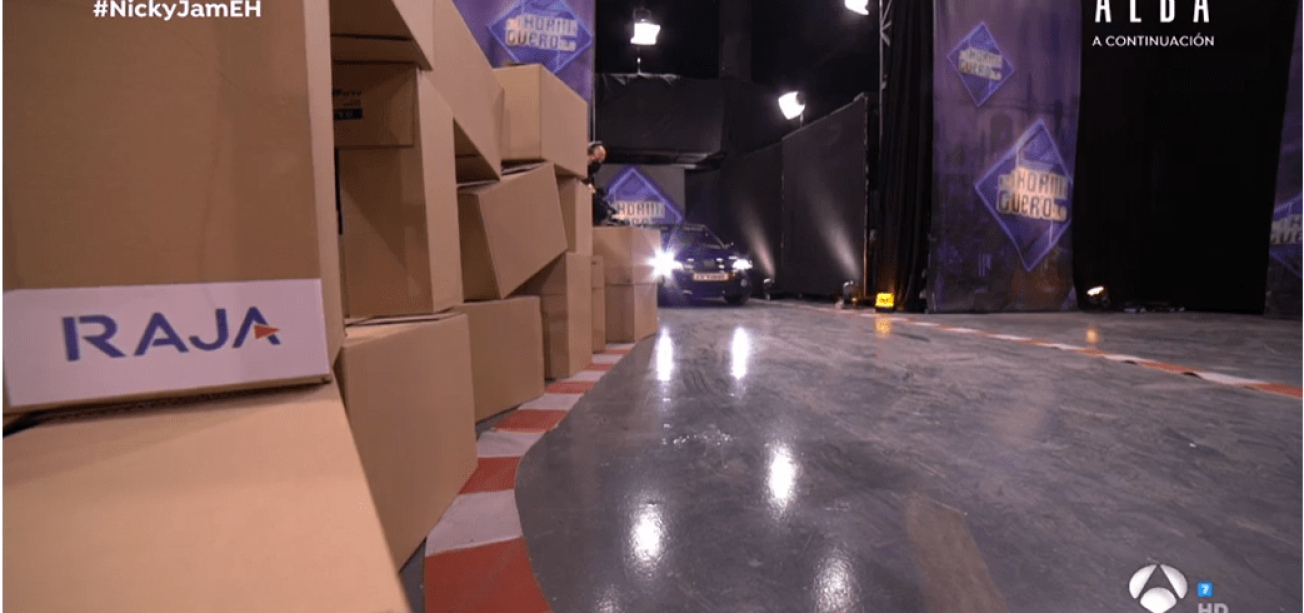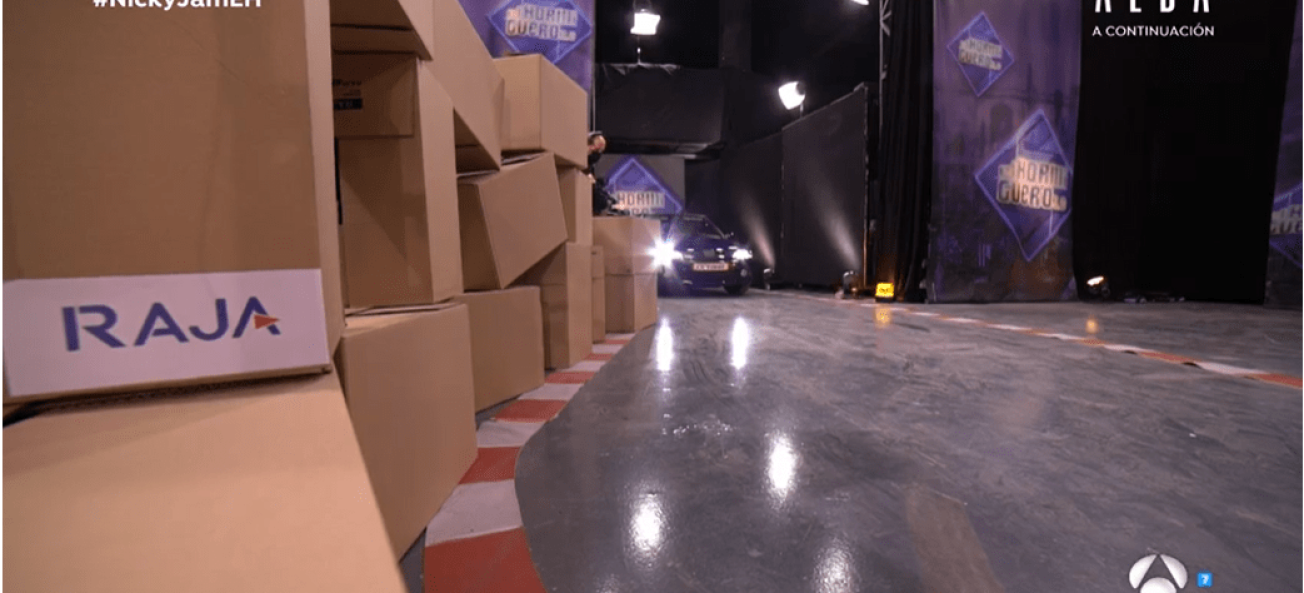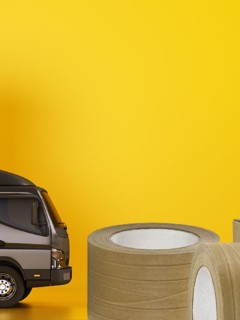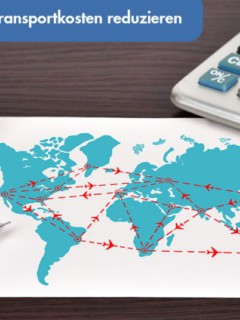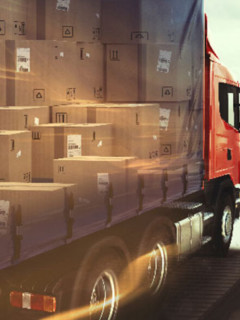You can’t escape the images and the headlines: Plastic waste is damaging our environment. Microplastics in the world’s oceans (with largely unforeseeable consequences for humans and nature), plastic waste forming entire islands in the sea:
The images are omnipresent in the media. And that is a good thing. Because a rethink is taking place slowly and is achieved more successfully through information and voluntarism than through bans.
According to the sustainability report of Grüner Punkt, 220.5 kilograms of packaging waste are produced in Germany per capita and year. The biggest problem is plastic packaging. There is not yet much evidence of a rethink here. On the contrary: Compared to the year 2000, the consumption of plastic packaging has even increased by 74 percent!
Now plastic is not bad per se. Plastic is long-lasting and durable – and therefore has its justification in very many areas of application. But exactly these properties do not come into play when plastic products are only used for a few minutes or even seconds (plastic carrier bag, coffee-to-go cup…). With widespread “one-way-use”, it is precisely this durability and longevity that become a problem, leading to ever-growing mountains of waste and polluting the environment in the long run.
Recycling helps, but is not the solution
Recycling plastic waste is a right and important step. But it is even better to start with a more fundamental point: avoid plastic in disposable products! The use of reusable bottles and (chargeable!) alternatives to plastic carrier bags are no longer worth mentioning to anyone, and their use is taken for granted by consumers. A good example that rethinking is possible.Expanding reusable systems
Reusable packaging for online orders
What works for drinking bottles, plastic canisters and carrier bags can also be applied to other areas. A study shows that 70 percent of those surveyed could also imagine reusable systems for shipping packaging in online retail. Consumers would be willing to pay a deposit of up to €2.49 for returnable sustainable packaging, see chart below.
Such a reusable shipping packaging could look like this or something similar: Reusable folding crate at RAJA
In the meantime, there have been some interesting tests on this, including Otto and Tchibo, which together with Avocadostore have already shipped in reusable bags. The so-called RePacks (reusable packaging) are made of recycled polypropylene (PP) and are therefore very durable and resistant. Customers who receive their online order in such reusable shipping packaging can use it as usual as return packaging or fold up the reusable shipping packaging and return it in an envelope by post. In theory, the same shipping bag can be sent and returned at least 20 times – but according to Daniel Koltermann, sustainability manager at Tchibo, it has to be used at least four times for a better carbon footprint. Does that work?
Tchibo, for example, sent 7,500 of these reusable shipping bags into the race for this test; a total of 15,000 goods from various product groups were probably sent in the reusable shipping packaging. Otto and Tchibo’s first conclusion: 75% of the reusable shipping bags were returned. All the more astonishing because the customers were not charged a deposit and they had not consciously decided to participate in the test with reusable shipping packaging when they placed their order. The “allure of the new”? Tchibo, Otto and Avocadostore expect concrete results of the test at the beginning of 2022. However, the past weeks and months have shown that many things that seemed unthinkable and complicated are quite feasible…
At Ökopol, the Hamburg Institute for Ecology and Politics, one expresses cautious optimism:
Reusable packaging in the catering industry
In 2021, takeaways (inevitably) boom.
In 2021, Germans will have food worth 2,402 million euros delivered to their homes (statista). Even though we ALL hope that we will be able to enjoy our food in a local restaurant again in the foreseeable future: According to projections, this figure will rise to 2,855 million euros by 2024. And with that figure, the amount of food and takeaway packaging needed. The ideal time to think about reusable packaging for restaurants, bistros and cafés, because: From 2023, the Packaging Act stipulates that all providers of take-away food and to-go drinks must offer reusable packaging in addition to disposable packaging, thus ensuring sustainable packaging.In the future, this will concern us more. But do we really have to pay a €5 or even €10 deposit per piece of crockery every time? There is another way, thanks to smartphones: there are apps where you can leave your bank details and simply scan the QR code when you pick up the dishes. If the empty containers are returned within 14 days, the customer incurs no costs; if the containers are not returned, the provider collects the costs via the app.
This is what the legislator says about take-away packaging
From July 2021, the reusable solution for take-away packaging will be introduced by law. A step in the right direction: the EU-wide ban on products made of single-use plastic comes into force. Specifically: From 3 July 2021, the use of disposable cutlery and disposable plates as well as the use of plastic drinking straws will be banned, as will to-go food packaging, beverage cups and fast food packaging made of polystyrene, plastic stirrers, balloon wands…
The new packaging law also foresees that from 2022 a deposit fee will be obligatory for all one-way plastic bottles as well as on all beverage cans. Currently, some beverages are still sold without a deposit in cans and plastic bottles; this exemption rule applies, for example, to non-carbonated fruit juice or mixed alcoholic beverages. Milk and dairy products will be subject to the mandatory deposit by 2024 at the latest.
A third change in the law concerns one-way plastic bottles. In future, it will be mandatory for these to be made at least partially from recycled (used) plastic: The new packaging law stipulates that from 2025, non-returnable PET bottles must contain at least 25 per cent recycled plastic, and from 2030, the recycling rate must be at least 30 per cent.
A few weeks ago, we tried to find out how widespread or not widespread reusable packaging currently is in the take-away gastronomy sector in an internal survey among our Facebook page visitors. The result:
The most effective ways to avoid packaging waste
Point 1: Avoid packaging
In many places, this can be done much more easily than we have adopted in our current lifestyles. A big step in the right direction are so-called “unpackaging shops” that allow shopping with a minimum amount of waste: Customers bring their own reusable containers – and they can even be made of durable plastic that can be reused for years.
Study pwc, February 2018
Point 2: Optimise packaging
But there are also areas where packaging cannot be eliminated. In the shipping of goods, for example, the packaging has the task of protecting the goods during shipping. If the product is inadequately packaged and thus poorly protected, the probability of damage is high. The customer returns the product and it is repackaged. As a result, we have double transport routes with double CO2 emissions, but also double packaging.
The product is far better protected in an exactly fitting cardboard box than in a box that is far too large. For reasons of economy, some companies only have standard sizes in stock, which they use for shipping all sizes. However, in order to restore the ideal product protection, the (small) product is then fixed in the box with much more filling and padding material to prevent it from sliding around. Waste that can be avoided.
This is also in line with the results of the pwc study:
“Shipping packaging should first and foremost ensure that the goods reach the recipient undamaged. In addition, according to the consumers’ wishes, the packages should not be much larger than the product itself and at the same time stable enough to be used for a possible return. (…) Three quarters would approve of a reusable system for shipping packaging. In the survey, 76% of consumers said they thought it was important that in future there should be a return system for reusable shipping packaging, for example in the form of transport boxes, as an alternative to cardboard boxes or plastic bags. Seven out of ten respondents would even be willing to pay a deposit of €2.49 on average for such reusable shipping packaging.”
Study pwc, February 2018
Point 3: Paper instead of plastic
Paper is a good alternative to plastic. But: Paper is only more resource-efficient if it is recycled. Or rather, if the packaging product already has a high recycling content! The production of paper is energy-intensive: To produce 100 kilogrammes of paper, for example, 300 kg of wood, 5,000 litres of water, 110 kg of CO2 and 1,000 kilowatt hours of energy are needed – plus the use of chemicals.
Alternative raw materials
The measures mentioned are absolutely within the realm of possibility and should become a matter of course for each of us as soon as possible. In parallel, there are always completely new approaches. We have found some of them on aiomag.de and would like to present them to you here.
Packing with grass and hay
We had already reported on this here in 2016, now the carton made of grass has completed its test phase and has already been launched on the market.
https://www.rajapack.de/kartons-schachteln-container/faltkartons-aus-wellpappe/graspapier-kartons/automatikboden_OFF_DE_01879.html
The fair fashion label Armedangels already uses this raw material for its shipments. Chopped hay, however, also works for fruit and vegetables and is already used there by some supermarket chains.
Compostable bottle made from plants
The Austrian company naku also relies on sugar: Their “natural plastic” is not only safer than plastic, for example because it does not contain plasticisers, it is also much cheaper to produce and biodegradable.
Mushroom packaging as an alternative to Airpop
Styrofoam or Airpop is lightweight and therefore popular for packaging. With the help of a new process, a material is now to be developed that has the same positive properties and is made from a mixture of biowaste and mushrooms. The company Ecovative is in contact with the furniture company IKEA, for example.
Sugar cane instead of polyethylene
The manufacturer Avery Dennison has developed a bio-based polyethylene film that is made from sugar cane instead of petroleum.
We are curious to see which sustainable packaging will prevail!
Here you can read the study on “Packaging in focus – The role of Circular Economy on the way to more sustainability” (pwc) in full length:
https://www.pwc.de/de/handel-und-konsumguter/pwc-studie-verpackungen-im-fokus-februar-2018-final.pdf
And this is how we implement the topic: environmental protection at Rajapack.











